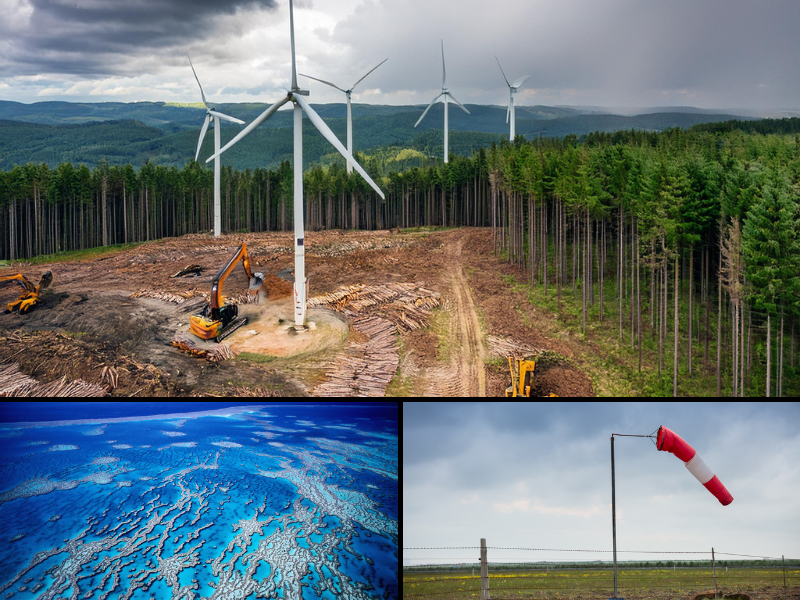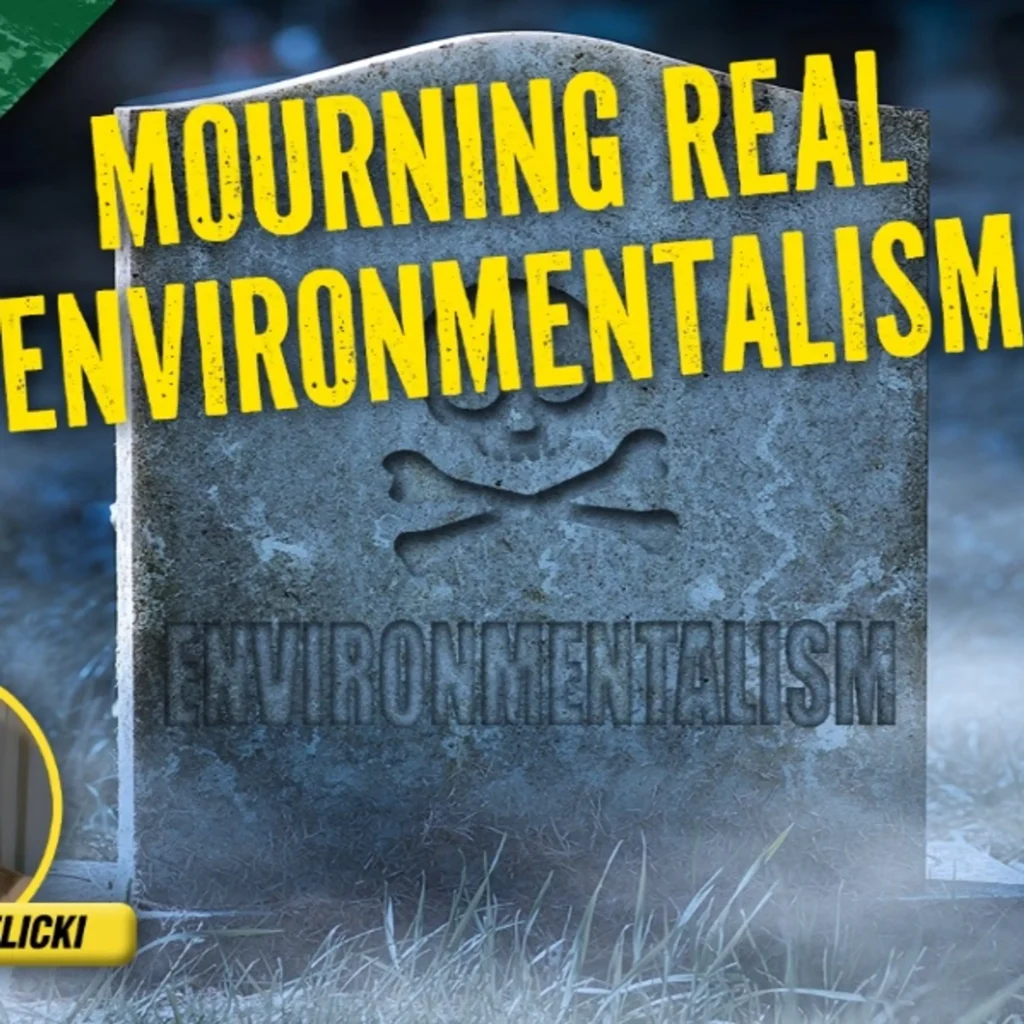The U.S. Bureau of Land Management (BLM), giving in to pressure from the solar power industry, has reversed a decision to put on hold all new solar power proposals for public lands until it could finish a comprehensive study of the environmental impact of such projects.
The reversal came barely a month after BLM announced the temporary freeze on accepting new solar power applications pending completion of the study.
Environmental activist groups have been increasingly at odds with each other over the extremely large amount of land that must be developed to produce a marginal amount of solar power.
Aware of such concerns, BLM had planned on taking up to two years for a comprehensive study of the impacts of solar power projects on public lands in Arizona, California, Colorado, Nevada, New Mexico, and Utah. BLM’s July 2 decision to continue accepting solar power applications even without the comprehensive study expedites solar power projects proposed in these and other states.
Rift Among Greens
“We heard the concerns expressed during the scoping period about waiting to consider new applications, and we are taking action,” said BLM Director James Caswell in a press statement. “By continuing to accept and process new applications for solar energy projects, we will aggressively help meet growing interest in renewable energy sources, while ensuring environmental protections.”
The decision has caused a rift between those who support increased development of alternative fuels and those who want to protect public lands.
Environmentalist groups have generally insisted upon lengthy, comprehensive environmental studies before allowing any development on public lands. But now some contend alternative fuels should be immune to such environmental restrictions, while others remain convinced all forms of land development should be subject to rigorous environmental studies.
“This is a very unfortunate development,” said Sterling Burnett, a senior fellow at the National Center for Policy Analysis. “BLM was trying to get ahead of the curve and do a careful, comprehensive environmental impact assessment regarding solar power. How ironic that some so-called environmentalists have successfully pressured BLM to approve development of public lands without such an assessment.
“It makes you wonder whether these particular groups are truly pro-environment or not,” Burnett added. “They are looking more and more like shills for the renewable power industry as they develop much more wild land to produce solar power than would be necessary to develop in order produce an equivalent amount of coal or natural gas power.”
Playing Both Sides
The Sierra Club seemed to seek favor with both sides of the growing rift. “We welcome the BLM’s decision to continue accepting new applications for solar development,” said Sierra Club Executive Director Carl Pope in a written statement.
“There was no reason to impose an arbitrary moratorium that threatened to permanently dim our solar future,” Pope continued. “At a time when energy independence has become more imperative than ever before, we need to do everything we can to encourage the responsible development of our renewable energy resources.”
At the same time, the Sierra Club is opposing a solar power project proposed by San Diego Gas and Electric that would entail building transmission lines through a 23-mile stretch of California’s Anza-Borrego State Park to serve 650,000 people in the San Diego area.
The Center for Biological Diversity, California Desert Coalition, and Defenders of Wildlife are also on record opposing the San Diego Gas and Electric solar power project.
“Although the BLM decision is very unfortunate, it provides a valuable opportunity to determine which groups are truly motivated by environmental concerns and which are not,” Burnett observed. “And, of course, some play both sides of the fence, so you just can’t tell.”
E. Jay Donovan ([email protected]) writes from Tampa, Florida.



